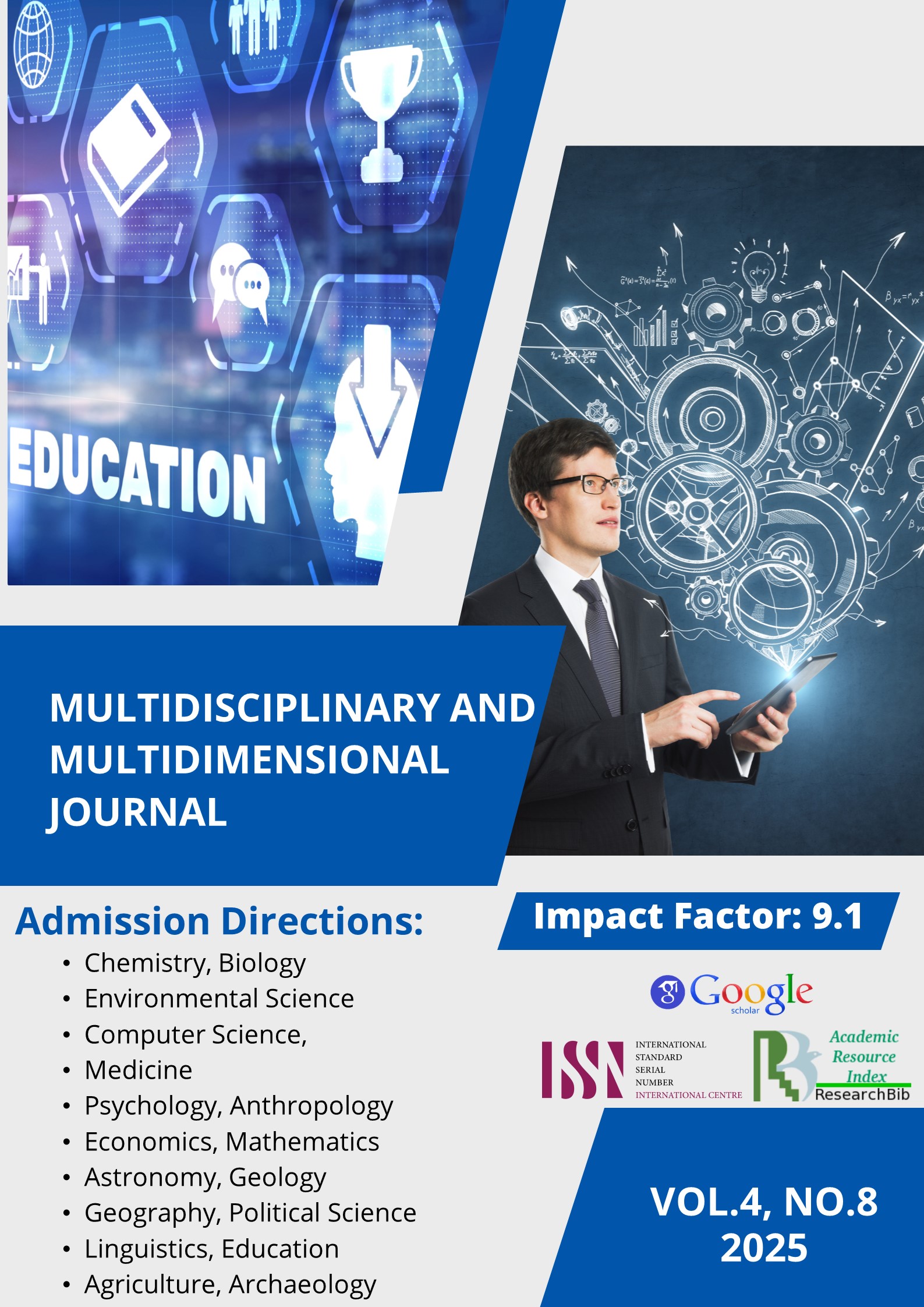EFFECTIVE MECHANISMS FOR ENSURING SOCIAL SECURITY IN THE CASE OF SINGAPORE AND CHINA
Keywords:
Social security,, China, Singapore, welfare policies,, pension system, healthcare, poverty reduction,Abstract
This article explores effective mechanisms for ensuring social security by analyzing the models of Singapore and China. Both countries, despite different political, economic, and social systems, have developed unique strategies to maintain social stability, reduce poverty, and ensure citizens’ well-being. The study emphasizes institutional structures, financial mechanisms, digital innovations, and policy reforms that shape social security outcomes. By comparing these two countries, the paper highlights lessons and recommendations for other states seeking sustainable and inclusive social security systems.
References
Frazier, M. W. (2020). China’s Social Security in the Era of Reform: Problems and Prospects. The China Quarterly, 243, 635–656.
World Bank (2021). China Economic Update: Social Protection in an Aging Society. Washington, DC: World Bank Group.
International Labour Organization (ILO). (2017). World Social Protection Report 2017–2019: Universal social protection to achieve the Sustainable Development Goals. Geneva: ILO.
Barr, N., & Diamond, P. (2010). Pension Reform: A Short Guide. Oxford: Oxford University Press.
Chan, C. K.-C., & Gao, Q. (2008). Old-Age Income Security in Hong Kong and Singapore: What Lessons Can Be Learned? Journal of Aging & Social Policy, 20(2), 157–176.
Tang, J., & Midgley, J. (2019). Social Security, the Economy and Development. London: Palgrave Macmillan.











